
Plant Physiology is recruiting Assistant Features Editors
Blog, Plant Physiology, Plant Physiology: Editorials, Pubs Pages
By Michael R. Blatt and Mary Williams
Note: This call for applications is now closed. Check back in autumn 2020 for a new call for AFEs.
At the beginning of 2018 Plant Physiology welcomed 23 new Assistant Features Editors to the editorial board. Over the past eighteen months these young scientists…
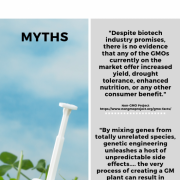
Infographics describing GMO safety
Blog0 Comments
/
ASPB Conviron Independent Project created by Will Hinckley
I made a series of infographics describing GMO safety for a general audience. I worked along with my PI and labmates and got several people to read them to make sure that everything was carefully worded to make sense to a general audience.…
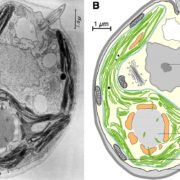
Review: A series of fortunate events: Introducing Chlamydomonas as a reference organism (Plant Cell)
Plant Science Research WeeklyClamydomonas reinhardtii is the most thoroughly characterized unicellular alga. Like yeast, it is a single-celled eukaryotic organism that is easy to culture, and it lives predominantly in its haploid form but is readily mated for genetic studies. Additionally, it is light-responsive, photosynthetic,…
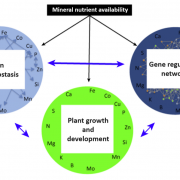
Review: Combinatorial nutrient stresses reveal emergent properties ($) (TIPS)
Plant Science Research WeeklyPlants require at least 14 mineral nutrients to complete their life cycle. These mineral nutrients are unevenly distributed within the soil, and plants have evolved physiological adaptations (changes in root growth, exudation, symbiotic relationships with soil organisms, etc.). to address these nutrient…
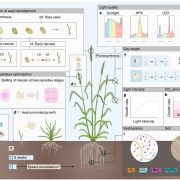
Review: Crop breeding technologies to feed the world (Nature Biotech)
Plant Science Research WeeklyThe world demands food, plant scientists and breeders have the challenge of feeding a growing population. In a recent review Hickey et al. summarize the state-of-the-art technologies used for crop improvement. In use since 2003, ‘speed breeding’ is a set of improved methods for fast-tracking plant…
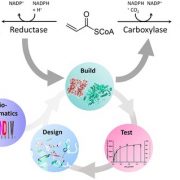
Awaking the sleeping carboxylase ($) (JACS)
Plant Science Research WeeklyOne of the things I like most about synthetic biology is the “why not” attitude. This article by Bernhardsgrütter et al. is intriguing because rather than taking the standard “let’s fix Rubisco approach,” the authors started with a non-CO2 fixing enzyme and engineered it towards having carboxylase…
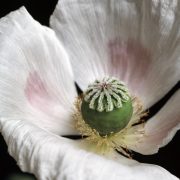
A bacterium that demethylates opiate thebaine for a green chemistry solution ($) (Nature Sustainability)
Plant Science Research WeeklyOpium poppies produce opiates including morphine and thebaine. Derivatives of these compounds can also have diverse beneficial properties. One of these, naloxone, is a competitive opioid receptor antagonist that can be administered to counteract the effects of opioid overdose. Because of the rise in…
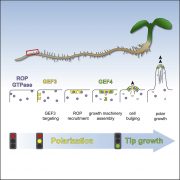
Distinct RopGEFs successively drive polarization and outgrowth of root hairs (Curr. Biol) ($)
Plant Science Research WeeklyRoot hairs vastly increase the surface area of the root in contact with the soil substrate, and are crucial for efficient water and nutrient uptake. They are also an excellent system for studies of polar growth or tip growth in cells, a process that involves the cytoskeleton, defined membrane domains,…

Methyl jasmonate-induced changes of flavor profiles during the processing of green, oolong, and black tea (Frontiers Plant Sci)
Plant Science Research WeeklyTea quality depends on the product's taste and aroma, which are provided by phenolic and volatile compounds respectively. Here, Shi et al. analyzed changes of volatile and amino acid (AA) profiles in fresh tea leaves (Camellia sinensis L.) and during the processing of three tea products (green, oolong…

